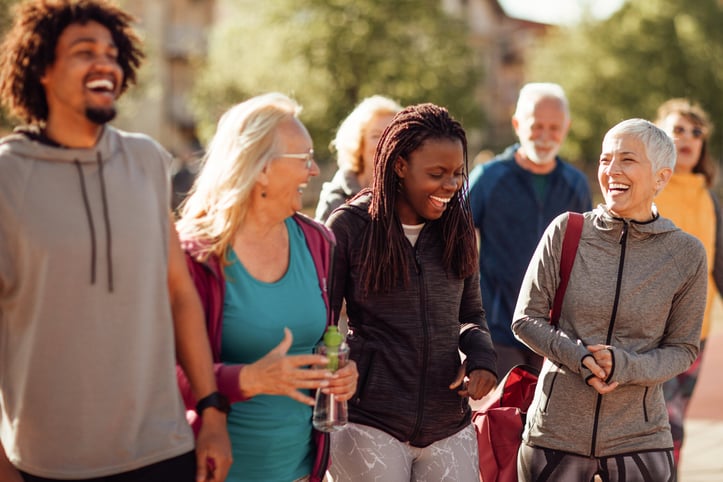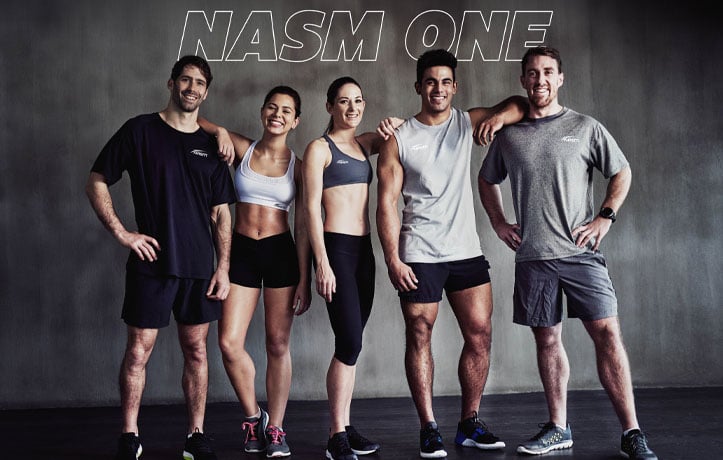Can a single session of resistance training or cardio improve a client’s body image? And if so, for how long?
Journal Article:
Waldorf, M., Erkens, N., McCreary, D.R., Vocks, S., & Cordes, M. (2017). A single bout of resistance training improves state body image in male weight-trainers. Sport, Exercise, and Performance Psychology, 1, 53-69.
Purpose of the Study:
The authors of this study set out to investigate the effect of a single weight lifting session on the body image of males. Subjects would be compared to both an active and passive control. The active control group would perform a cardiovascular activity for 45 minutes while the passive control would read quietly. The authors hypothesized that weight lifting would improve perceived muscularity, but would have no impact on perceived body fat percentage and that these changes would last at least until the following day Additionally, the authors thought that cardio would not impact perceived muscularity, but would affect perceived body fat percentage. Lastly, both cardio and resistance training would lead to improvements in global evaluative body image, and the reading control would lead to no changes.
Study Participants:
Forty-two male weight lifters between the ages of 18 and 54 participated in the study. These participants had performed weight lifting at least twice a week for the preceding 6 months. The participants were divided into 3 experimental groups: a) resistance training; b) cardiovascular exercise; and c) reading a magazine. All conditions were separated by one day, and participants received one of 6 possible sequences of the 3 conditions to control the order in which the tests were performed.
Procedure or Methods:
Before, and at the completion of each testing condition, subjects completed the necessary questionnaires. Additionally, the questionnaire was filled out 24 hours after the exercise session upon receiving a text message. Average enjoyment of exercise was also measured through the Physical Activity Enjoyment Scale.
Resistance Training
Followed the guidelines set forth by the American College of Sports Medicine (ACSM). This included resistances between 70-80% of estimated one repetition maximum for 8 to 12 repetitions. Participants would complete 3 sets of the following with three minutes rest between sets:
- Bench press
- Lat pull down
- Horizontal leg press
- Cable triceps pushdown
- Seated machine bicep curls
- Crunches
Cardiovascular Exercise
The aerobic exercise consisted of using a stationary bicycle for 45 minutes between 65% and 85% of the participant’s maximum heart rate.
Resting
During the passive control condition, subjects sat quietly and read from a variety of magazines. The magazines did not include any topics or pictures related to fitness.
Questionnaires
- Global Body Image State: a 6-item questionnaire that assessed the individual’s thoughts on physical attractiveness and the momentary satisfaction on their size, shape, and weight.
- Specific Body Image State: an adapted version of the Somatomorphic Matrix that assessed muscularity and body fat related perceptual body image states.
- Drive for Muscularity: a 15-item questionnaire that assessed muscularity-related body image.
Results:
The results of this study found that those participants performing the resistance training had significantly higher levels of enjoyment than when performing the cardiovascular activity. Other results are as follows:
- Cycling did not affect participant’s global body image state.
- Weight lifting led to a significant but short duration increase in perceived muscularity.
- Any exercise had a short-lived positive effect on perceived body fat and was superior to the reading group.
- Weight lifting had a moderate positive effect on perceived body fat in men with a lower drive for muscularity.
Discussion:
The authors suggest that this is the first study to investigate the effects of a single exercise session on these parameters. Support for the hypotheses was weak and relatively insignificant. However, resistance training did lead to an increase in perceived muscularity. Additionally, both resistance training and aerobic training lead to a feeling of leanness. The author’s further state this supports the idea of a “muscle pump” acting as a temporary reinforcement of exercise as this makes one feel more muscular. Interestingly, this study also found that these positive feelings of improved muscularity and decreased body fat did not last at least 24 hours.
Take away for NASM-CPTs:
This study supports that doing something will help clients feel better than doing nothing: lifting weights helps males feel more muscular, which is motivating, and cardio helps males feel leaner. As CPTs know, it takes more than one session to become leaner or increase muscle mass. However, for those clients feeling down or unmotivated, one session could give them just the motivation they need to maintain a positive attitude and stick with exercise long term.















